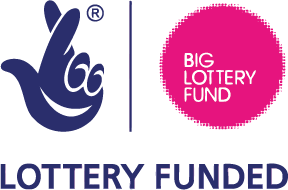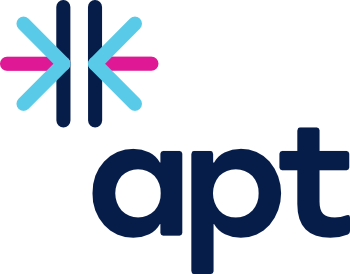Utility Aid are offering a free 20-minute consultancy session to SUSE members where you can book in with an energy expert who can support with billing queries, VAT queries and advice on starting your journey to net zero! Our members can book in with them by emailing partnerships@utility-aid.co.uk.
Here they give top tips in how to reduce costs in your organisation:
The First Steps: Practical Actions & Energy-Saving Tips
The best way to begin is by looking closely at your energy use. We create a personalised report for your organisation that shows how much energy you use, where it goes, and where savings can be made. This simple step gives you the clarity to make changes that are both realistic and affordable.
Some quick wins often include:
- Unplug Unused Devices & Appliances
Many offices leave printers, monitors, routers, and chargers plugged in 24/7. These devices can use 5–10% of your electricity, even when not in use. Estimated saving: up to £45 per year per premises by unplugging unused equipment (AP News, 2023).
- Switch to LED Lighting
Many charity offices and community buildings still use halogen or fluorescent lighting. Replacing all bulbs with LEDs can:
- Cut lighting energy use by up to 80%
- Save £5–£13 per bulb, per year
- Reduce CO₂ emissions by 40kg per bulb, per year
(Source: Energy Saving Trust; John Lewis & Partners)
- Lower the Thermostat by 1°C
A 1°C reduction in heating temperature can cut heating bills by around 10% (Wales Online, 2022).
- Draft-Proofing and Simple Insulation
For older buildings (many charity-owned premises are), heat loss through doors, windows and floors is significant. Draught-proofing costs as little as £5–£50 but can save £85-£95 per year, especially in winter months. (Energy Saving Trust)
Draught proofing is when you block unwanted gaps that let too much air in. It can help save money on your energy bills.
“Draught proofing old buildings comes with some risks depending on the activity inside and the ventilation requirements. These old building need to breath to prevent mould and damp building up – so it’s important not to block any parts of the ventilation that the building relies on to dry out or reduce moisture levels.
Consider preventing drafts by using Draught Excluder tape around window and door frames, brush strips, or door snakes. For gaps in construction and through floorboards, a more permanent fix is required.”
Ruaire Glackin
Head of Net Zero
Know Your Usage: Monitor Patterns & Celebrate Progress
Once you have a clear picture of your energy use, you can start to notice patterns. For example, you might spot peak times where energy use is higher than expected or find areas where usage is already improving.
By keeping track, you’ll be able to:
- See where changes are saving money
- Celebrate progress with your team
- Build momentum to keep going
Over half of UK SMEs (53%) don’t monitor energy use at all—and 18% aren’t even sure if they’ve reduced consumption over the past year. Yet among those that do monitor, 50% report savings of up to 10% (EcoMonitor, 2023).
Each positive step, no matter how small, helps both your budget and the environment.
Creating a Culture: Get Everyone Involved
Real change doesn’t come from technology alone; it comes from people. When everyone feels part of the journey, results are stronger and last longer.
We often help organisations nominate energy champions; people who encourage small everyday actions and share ideas across the team. This collective approach makes sustainability feel less like a task and more like a shared achievement.
Discovery Document: Your Independent Energy Audit
A discovery document determines your annual consumption, identifies opportunities to reduce energy use, and establishes indicative costs so you can make feasible decisions for your organisation.
All documents are bespoke to your consumption and circumstances, followed by post document discussions to help create your strategy for reducing environmental impact and addressing future legislation.
“It is always best to have an independent Energy Audit conducted rather than have one done by a supplier of energy saving measures, this ensures you get the best advice for you and your organisation not one weighted in favour of the goods being supplied by the linked assessor.”
Ruaire Glackin
Head of Net Zero
Why Sustainability Reduces Costs
When done well, sustainability and savings naturally go hand in hand:
- Clear reports mean you invest where it really counts
- Monitoring shows real improvements over time
- A shared culture brings the whole organisation on board
- Collective buying and careful checks keep costs under control
At Utility Aid, we believe reducing carbon should never feel like a burden. With the right support, it becomes a journey that saves money, protects resources, and builds a better future for both your organisation and the planet.







